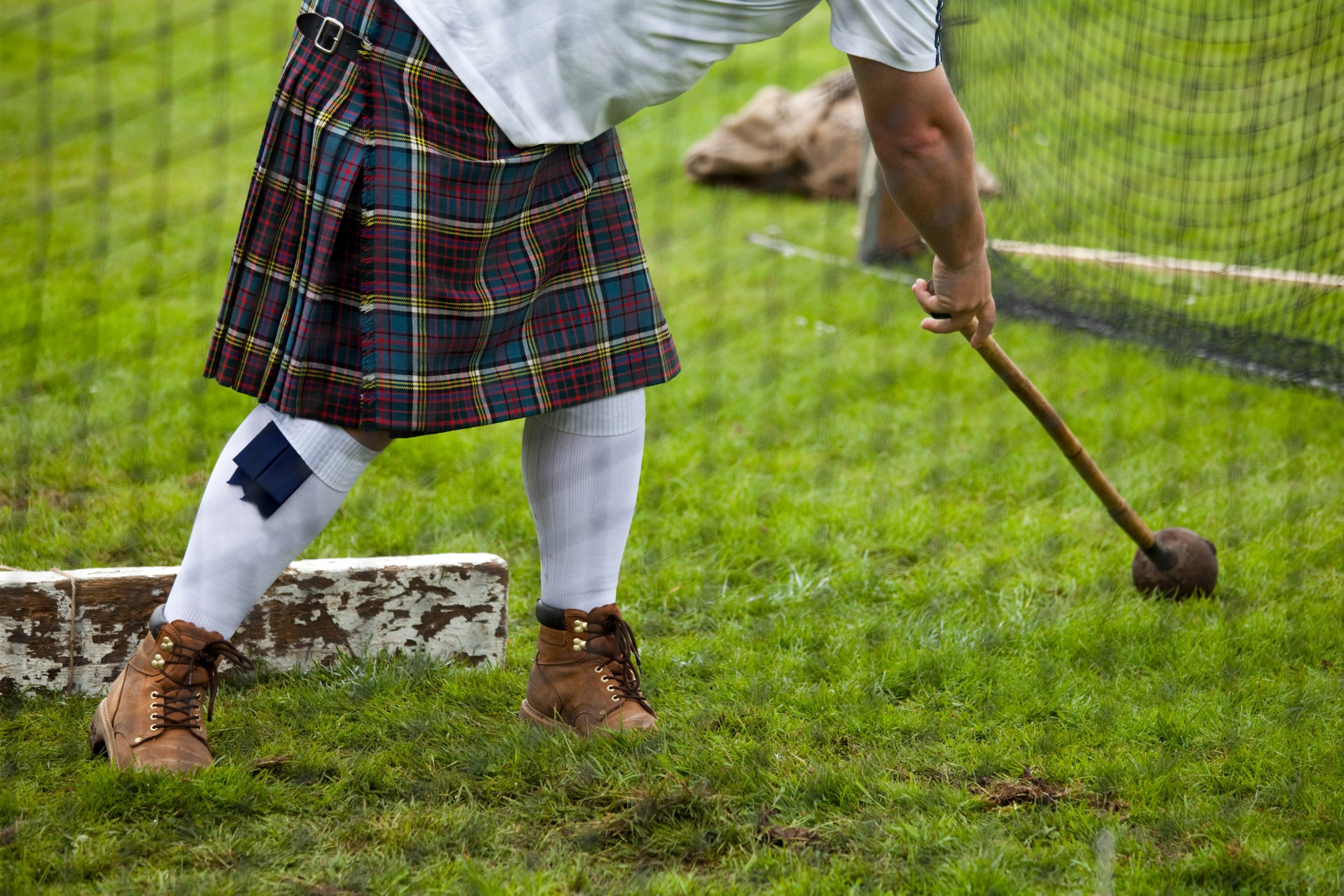A History of the Scottish Highland Games
Some believe the roots of the Highland games date as far back as the 11th century, when King Malcolm III called a foot race to the summit of Creag Chòinnich, near Braemar, in the hopes of finding the fastest runner in the land to become his personal courier. Many games still include a hill race, although the winner is no longer destined for a life of servitude!
The games evolved into a test not only of strength and stamina, but also of creative dance and music skills, to keep kings, queens and clan chiefs entertained.
Highland games as we know them today have been celebrated around Scotland since the 1800s and regularly draw in crowds of thousands.
Amongst the most historic is the Braemar Gathering, which was awarded Royal Patronage by Queen Victoria and is still regularly attended by the reigning monarch and other members of the Royal Family.
Highland dancing at the games was originally an all-male event, and it wasn't until the late 19th century that women started to enter. The Cowal Gathering is renowned for the quality of its Highland dancing, drawing in the best performers from around the globe as they compete in the Scottish and World Championships.
The Highland games were so impressive, that the founder of the modern Olympics, Baron de Coubertin, introduced the hammer throw, shot putt and the tug o' war after watching the Highland display at the 1889 Paris Exhibition. The hammer throw and shot putt are still included to this day.
Haggis hurling began as a practical joke in the 1970s but is now a popular event at many Highland games - there's even a World Haggis Hurling Association dedicated to the sport! The current world record was set at the Milngavie Highland Games in 2011, when Lorne Coltart hurled a haggis at an impressive 217 ft.


